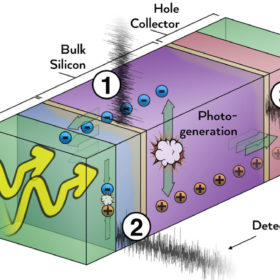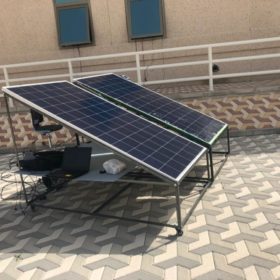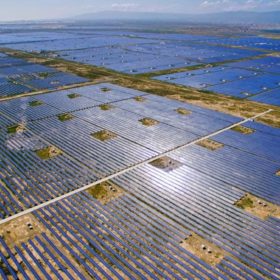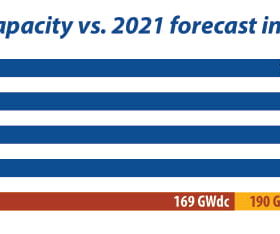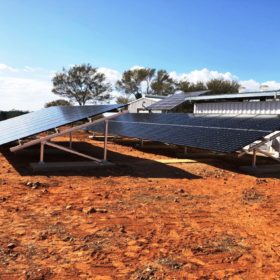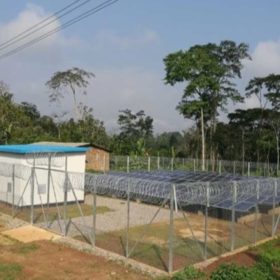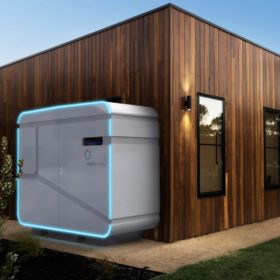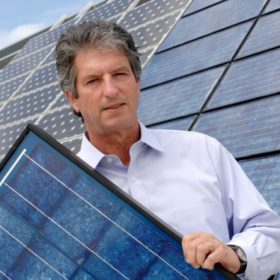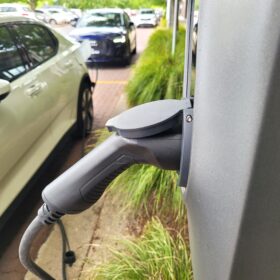Bringing the noise for better solar cell efficiency
An international team of scientists developed a technique to isolate individual sources of electrical ‘noise’ within a solar cell. Comparing the technique to being able to pick out a single voice within a 200-person choir, they say the technique will help to improve understanding of where efficiency losses occur within a cell, and effective ways to mitigate them.
Solar module cooling techniques for harsh climates
Saudi scientists have tested several cooling technologies for solar panels and have found that active techniques work better than passive ones under harsh climatic conditions. The most effective one consists of a system based on four heat pipes immersed in a box of liquid, as liquid bulk, integrated with the back of the solar panel.
China’s solar PV demand could ‘effortlessly’ surpass 100 GW in 2022 as production overcapacity predicted
According to Asia Europe Clean Energy (Solar) Advisory Co. Ltd, demand for solar PV in China could “effortlessly” surpass 100 GW in 2022, following a year of “flat” demand in 2021. It adds that a “massive overcapacity” situation in the production sector is looming. Meanwhile, the distributed solar PV market is on track for huge growth, with potential for annual demand to reach upwards of 20 GW+ from next year.
Sunday read: Firm foundations on shifting sands
Unprecedented capacity expansions and massive technology changes, all happening at a frantic pace, signal that PV is entering the terawatt era. However, challenges in supply and demand imbalances across the value chain, combined with emerging technical and quality risks, require detailed analysis and due diligence from buyers to avoid pitfalls, according to George Touloupas, Joseph Johnson, and Aditya Vardhan from Clean Energy Associates.
State government opts for Australian-made modules in solar solution
Adelaide-based module maker Tindo Solar has notched a win for the Australian manufacturing sector, delivering the panels for a $2.4 million solar PV and battery energy storage program rolled out by the Queensland government.
Huawei enters Australia’s thriving off-grid segment with modular iPowercube series
Chinese technology giant Huawei has introduced its series of modular off-grid systems primarily targeting Australia’s agricultural sector, Huawei’s Solution Director, Kenneth Loh, told pv magazine Australia.
Do engineers dream of solar panel efficiency?
A true next generation of solar cell technology is upon us. It is time to contemplate the benefits.
Adding value to Australia’s historically underutilised battery proposition
To truly seize on the opportunity afforded by the imminent battery boom, Australia needs to look beyond its historic role as a supplier of raw materials and broaden the horizons by adding value with downstream products and manufacturing, according to a recent Future Battery Industries report. Pv magazine Australia caught up with Vincent Algar, managing director of Australian Vanadium Limited – a company operating in this promising yet thorny realm.
All solar cell efficiencies at a glance
The research group led by Professor Martin Green has published Version 58 of the Solar cell efficiency tables. He spoke with pv magazine about the criteria with which these tables are compiled and the importance of result certification by independent third parties.
Sunday read: A PV band-aid
DuPont has developed a repair kit for PV modules with backsheet failures. Cracked and chalking backsheets can cause problems for solar project owners, but this could easily be addressed in the field without swapping out the PV modules. Stéphan Padlewski, regional marketing leader EMEA at DuPont Photovoltaic Solutions, spoke to pv magazine about how the solution works.
